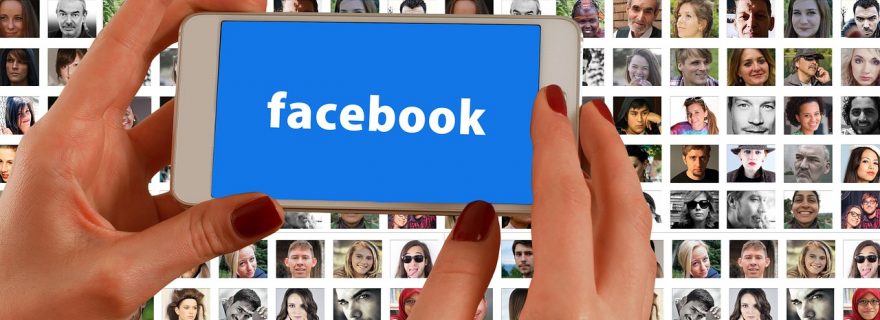21st Century Humanitarian Aid: How social media is changing Crisis Response & Managment
We increasingly turn to information and communication technologies (ICTs) to help us impact our environments in meaningful ways and respond to the many challenges we face. One challenge in particular is how we respond to natural and manmade disasters.
Among the many challenges we face in the first quarter of our century, we increasingly turn to information and communication technologies (ICTs) to help us overcome problems in meaningful ways. One challenge in particular is how we respond to natural and manmade disasters, and their increasing frequency throughout the globe. Near constant media coverage and significant scientific attention have suggested that climate change and regional instabilities in under-developed parts of the world will create more situations in which humanitarian response will be needed. In fact, in recent years the role of humanitarian institutions has seen a considerable expansion with the assailance of more humanitarian crises. All nations are threatened by the inevitability of disasters and thus seek to find better ways to prepare and recover from them, and part of that involves changing strategies that involve public participation in activities that can augment and sharpen the responses of crisis responders. Utilizing social media to not only inform, but to organize public communities towards disaster resilience is a relatively new phenomenon that is causing many formal response organizations to question whether their traditional methods of responding to crises can last in a digitizing world. Although sharing information over long distances isn’t a new concept (in fact it dates back to the earliest days of bulletin board services and telegraphs), the main differences now are the real-time ways we communicate and mimic face-to-face interactions remotely. In times of crisis, information becomes the lifeblood of managing humanitarian operations, yet access to it and it’s translation to meaningful actions poses significant challenges.
Take for instance how it is now commonplace for people around the world to use social media during emergencies, and the volume of online information they produce about it, coupled with aging formal information practices creates a recipe where humanitarian organizations become overwhelmed in handling digital data. As this is a relatively new phenomenon, a standardization for online information collection (often through social media) and sharing in the 21st century has been an ongoing and frustrating process of trial and error. Additionally, the vast majority of social media is available via public sources, but with the huge growth in private messaging tools like WhatsApp, the landscape and means of collecting data during a disaster can be expected to change.
This begs the question, what role should social media play during disasters? And how do humanitarian organizations fill the high demand for information products coupled with international, humanitarian missions to save lives?
Addressing the information needs of large humanitarian institutions are constellations of digital networks motivated by a participatory desire to be a part of a response, instead of just recipients of news. In the humanitarian context, digital responders or "digital humanitarians”, are Individuals and teams who are "activated" based on their skill sets and availability. To add their support to crises, individuals can join the few volunteer and technical communities (V&TCs) that grew out of the ecosystem of online grassroots movements like Occupy Wall Street, and Occupy Sandy. Since the Haiti crisis, these networks have provided support to major humanitarian operations, and now provide a crucial complement to humanitarian missions that governmental institutions like the United Nations seek to capitalize on.
These digital responders use their time and technical skills, as well as their personal networks in an attempt to help mitigate information overload for formal humanitarian aid in the field. The role of digital communities in humanitarian response has been well documented in the past few years, from the UN Disaster 2.0 report to the rise of new humanitarian networks beyond traditional institutions.
However, the overflow of information generated during disasters can be as paralyzing to humanitarian response as as a lack of information. Making sense of it all – big data- is crucial, and we can expect the utilization of digital volunteers becoming a more standard part of the humanitarian crisis response system as social media and information technologies grow to be more user-centric. However whether we see them as part of the existing formalized systems of crisis management or view their contributions in parallel with them, remains to be seen.


